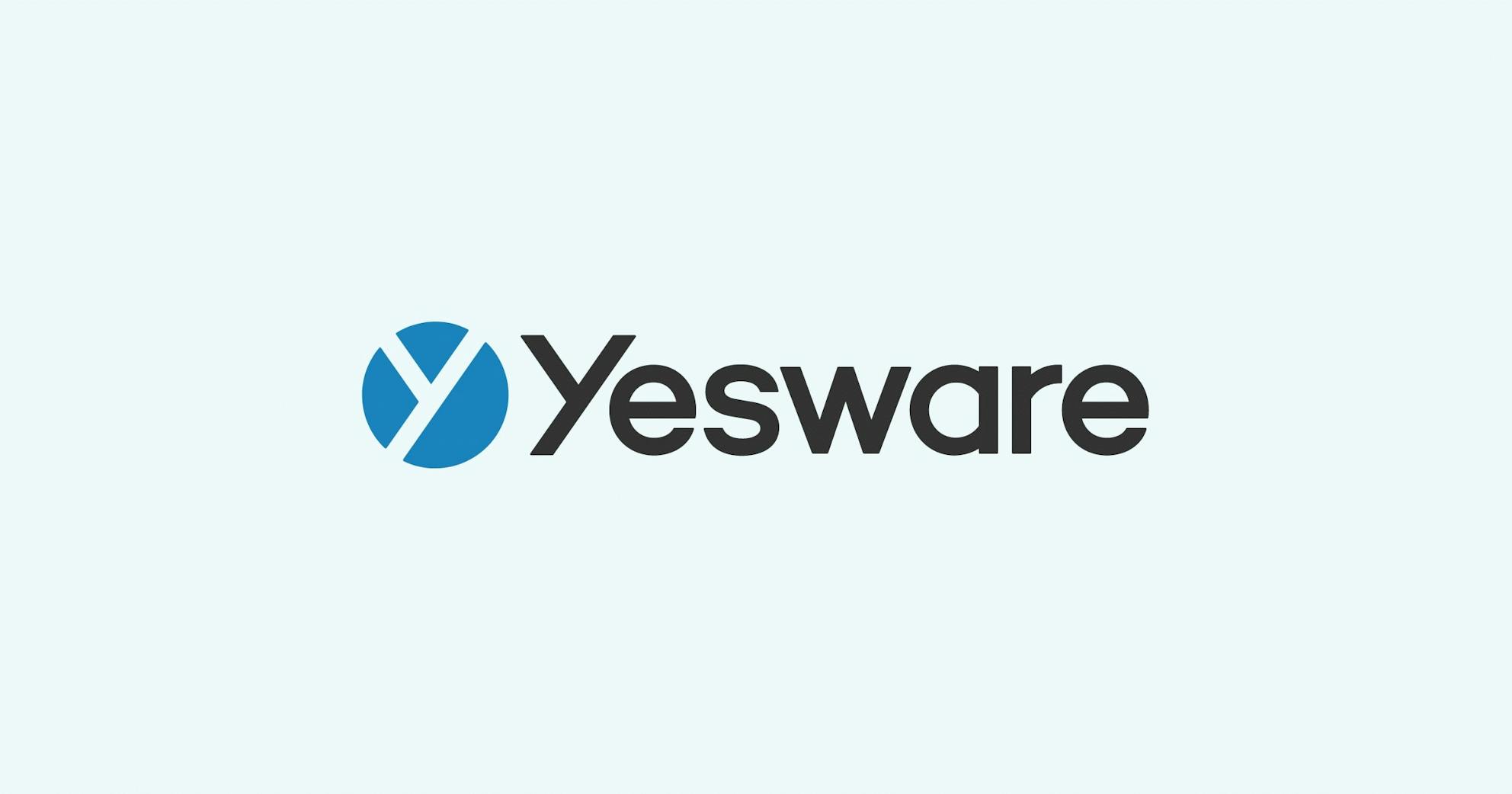Sales: The Art of Convincing is Dead
Matthew Bellows
Contents
A good friend recently asked me about how sales organizations balance customer-centric thinking with making their number and closing sales. Her question got me thinking about this dichotomy, whether it’s accurate and how long it can last.
![]()
In the old days, the job of a salesman was to convince his prospect to trade money for the thing he was selling. The choice that the prospect had was simple: Buy this thing now or keep my money for something else. The salesman was trying to convince the prospect to exercise the option that cash represents. That’s a tough job. There’s always another day, another salesperson, and another thing to spend money on.
But the salesman had three things going for him: More information than the buyer, skills in the art of convincing, and the power of scarcity. The encyclopedia salesman on the doorstep knew how valuable those books could be to the household. He was trained in the art of communicating that value. And there was an expiration date on the offer–the salesman was going to leave the doorstep and wouldn’t be back for a long time.
Today, everything is different–two out of the three sales tools are gone! No salesperson has the inside track on information. Even if you sell the most complicated product imaginable, information about it, including your current customers’ reviews of it, is available on the Internet. It’s quite possible that not only does your prospect know more about your competition, but also more about your company, than you do. And today, there’s no expiration date on the opportunity to buy. Someone is always ready to take an order on the Internet.
What’s a salesperson to do?
Your only tool in your toolbox is your ability to convince. But on its own, convincing is too weak to close a deal. Your prospect isn’t trying to decide between your product and saving her money for later. There’s no scarcity of information or opportunities to buy. With time and unlimited information, your prospect is thinking first about her needs, identifying possible solutions, and seeking them out. Every lazy salesperson’s wish has come true; we are increasingly becoming order takers.
Thus the need to think first about the customer. The modern salesperson starts by considering the needs and circumstances of the prospect. We know that since a potential purchaser is asking us, he actually wants to buy. He is knocking on our door now. We know that he has all the information and options within reach.
Most importantly, we know that this is not a one-time communication. The scarcity of the deal is gone, which seems frightening at first. But now, your relationship with the prospect is just an email away. It can last much longer, and rekindle much faster than it used to. If a deal doesn’t close this time, another can close in the future.
So the worst, most counter-productive thing that a salesperson can do is to try to convince a prospect to buy something that’s not in his best interest. The salesperson who “sells” like this not only burns that customer and the long-term prospects of his company, but also himself. He just destroyed a potential lifelong relationship.
The question about balancing customer-centric thinking with closing more sales is a false choice. It’s the same as saying, “Would you rather live now or in the 18th century?” The world, and the world of sales, has moved on. Move with it or be left behind.
Get sales tips and strategies delivered straight to your inbox.
Yesware will help you generate more sales right from your inbox. Try our Outlook add-on or Gmail Chrome extension for free, forever!
Related Articles
Ginelle DeAntonis
Casey O'Connor
Casey O'Connor
Sales, deal management, and communication tips for your inbox

